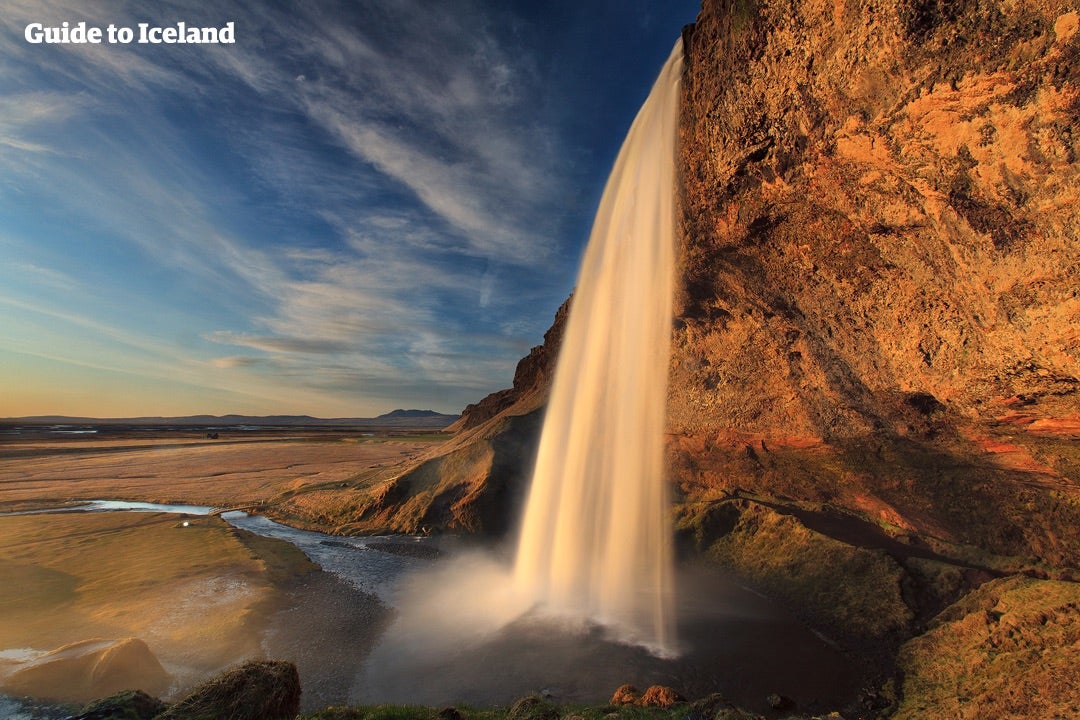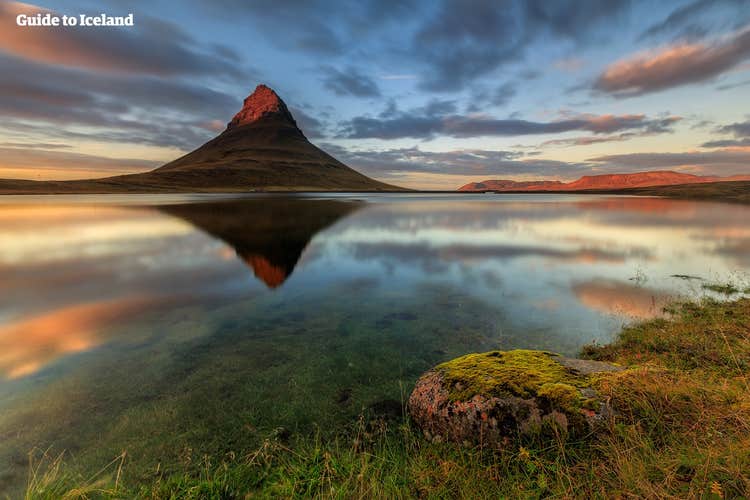説明
まとめ
説明
ホテルの予約が完了して、あとはアクティビティだけという方におススメしたいコンボツアーです。Guide to Icelandスタッフが選定したツアーのコンビネーションを申し込めば、簡単に旅行プランが完成!
このコンボツアーはアイスランドの観光の目玉となるスナイフェルスネス半島、ゴールデンサークルとシークレットラグーン、南海岸とヨークルスアゥルロゥン氷河湖でのボートツアー(7月から10月の期間のみ)を訪れる3つの日帰りツアーが含まれています。全てのツアーはレイキャビク市内からの送迎付き、ツアー後はお客様ご自身で手配した宿泊先でお休みください。ピックアップ場所は宿泊先に近いホテルをお選びいただけます。最寄りのピックアップポイントがわからないという方はお気軽にお問い合わせください。
このセットツアーを予約しましたら、セットツアー用の1つのバウチャーが発行されます。その後、それぞれの日帰りツアーのバウチャーをご予約時のメールアドレスに送ります。各バウチャーからピックアップ場所を変更もできますので、同じホテルにずっと泊まる必要はございません。
*ピックアップ場所の変更はツアー出発時刻の24時間前までです。詳しくは「ご利用規約」をご確認ください。
















